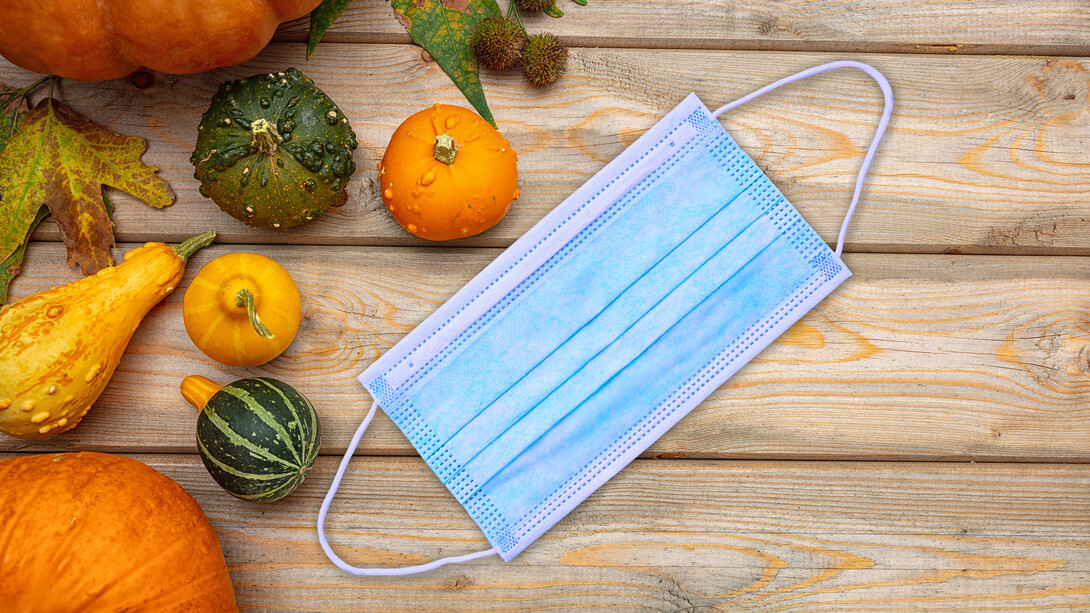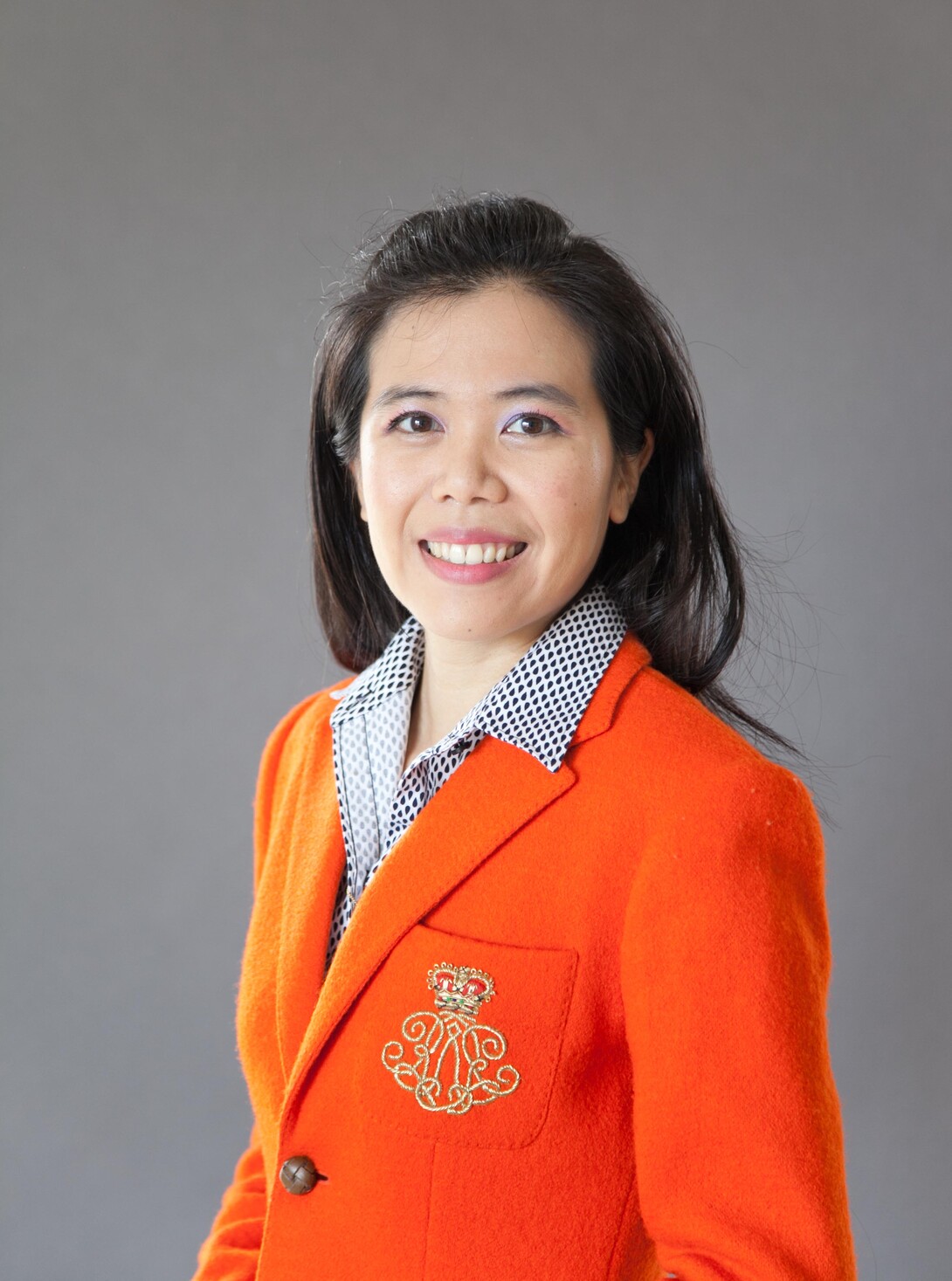
As COVID-19 infection rates rise and hospitals near maximum capacity, the pandemic that has affected the daily lives of Americans is certain to have an impact on the coming holiday season.
With people set to gather in large groups to celebrate holidays, Josephine Lau, associate professor of architectural engineering, says adherence to established virus prevention measures can help to increase your chances of staying safe and healthy.
Since October, both the U.S. Centers for Disease Control and Prevention and the Public Health Agency of Canada have revised their guidelines on how COVID-19 spreads and for the first time acknowledged the risk of airborne transmissions through aerosols (microscopic particles or droplets).

“Air cleaners and air purifiers can help reduce the aerosols, but it should be after following the practices of good hand hygiene, social distancing and mask-wearing,” said Lau, who specializes in the fields of indoor air quality, ventilation and air cleaning technology.
In two recently published articles on the American Association of Medical Colleges website, Lau said there are a few things that can be done to reduce the risk of transmission during the holidays:
Keep gatherings outdoors, if possible, and increase ventilation indoors if not. If the weather allows, it is safer to gather outdoors with people distanced at least six feet apart. If that is not practical, opening windows in the house can help with the ventilation, but it’s not enough to preclude people wearing masks.
A stand-alone particle air filter or ultraviolet-C (UVC) light can help reduce airborne viruses indoors, but these machines are not, on their own, enough protection against a virus. Lau also recommends researching the effectiveness and safety of air purifiers to avoid harmful byproducts, such as ozone.
People who live in the same households should be seated together at tables that are separate from people from other households, and that those tables be at least six feet apart while people are eating.
When serving dishes, to avoid spreading the virus between households, one person should be designated to be the main server and should dish up the food while wearing a mask.
Though it’s impractical to wear a mask while eating and drinking, people should consider keeping the mask-less portions of the gathering as brief as possible.
When traveling to holiday gatherings, driving independently is the safest option, and the only other people allowed in your vehicle should be the people from your household.
During a collaboration with a consulting firm, Lau reviewed a calculator tool that compares and integrates the impacts of engineering solutions (such as wearing masks, filters in HVAC systems, and using upper-room ultraviolet air cleaners) on airborne infection risk in various facilities, including houses.
The risk calculator, Lau said, confirms that the simplest, cheapest prevention device is also the most effective against the virus.
“The mask is a very effective tool as the source control,” Lau said. “It is one of the most cost-efficient things we can do, and a properly worn mask will significantly reduce the droplets and particles released by the wearers and reduce the transmission risk if they are asymptomatically carrying the pathogens.
“There is a saying: ‘I wear a mask for you and you wear a mask for me.’ As we wear one during the holidays, we are protecting the loved ones whom we celebrated with.”







